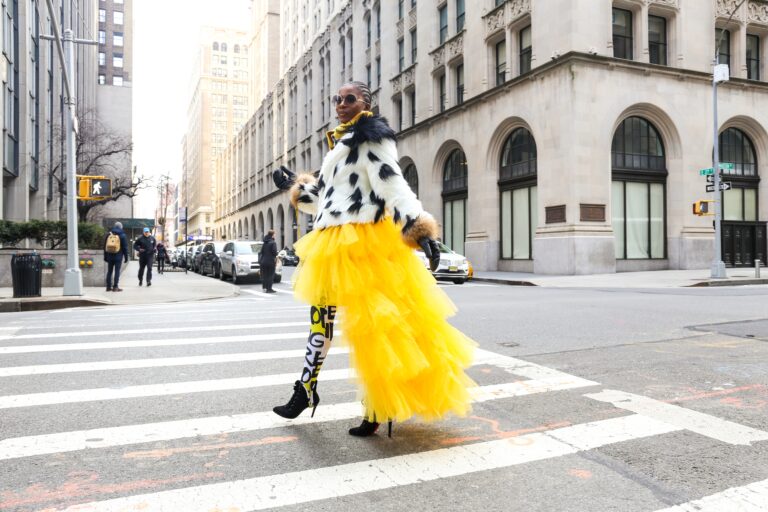Born Unique: How DNA, Parents, and Place Shape Who I Become Before I Choose

I didn’t choose the day I arrived, the body I inhabit, or the two people whose genes made me possible. Before I learned to walk or speak, a foundation was already poured under my life. That base—my DNA, my parents, and the place and time I was born into—set a direction. It didn’t trap me. It did something quieter and more powerful: it made some paths easier to see and other paths harder to imagine.
When I say, “I’m unique,” I don’t just mean my opinions or my personality. I mean the starting conditions that I never voted on. My DNA is a one‑of‑one code. Even if I had an identical twin, the experience of the womb, the precise arrangement of cells, and tiny differences in early life would still separate us. Nature writes the first draft of each person in a custom way. No two drafts are the same, and that matters.
Inside the womb, things happen that shape who I will be. The environment my mother lived in, what she ate, the stress she carried, the air she breathed, and the timing of my development all mattered. My brain, senses, and body were forming in response to conditions I did not control. By the time I took my first breath, my nervous system had been tuned to a certain world. That early tuning taught my body how to react to light, sound, and touch. It was already telling my brain how to pay attention.
Then there are my parents. Two specific people met at a specific time and passed down more than genes. They brought their histories, beliefs, strengths, and wounds. Their styles of care, the rhythms of the home, and the signals they sent—spoken and unspoken—reached me before I understood their language. If they were calm, I learned a kind of calm. If they were hurried, I learned to move fast. If they were present, I learned to reach. If they were stretched thin, I learned to scan the room and fill in gaps. None of this required a conscious decision from me. It was early learning, one breath and one bedtime at a time.
Place is a teacher too. The ground under my feet mattered. A small town reads differently than a city block. The sounds through the window, the streets I could safely walk, the stores we visited, the food we ate, and the people we greeted, all of that shaped the world as I first knew it. I didn’t choose my neighborhood or my school. I didn’t choose the decade I was born into, the level of technology around me, or the way people near me thought about right and wrong. But those things still flowed into me. They told me what was normal and what was rare. They hinted at what was possible.
Because I had no input into these beginnings, I carry a kind of humility about where I started. The first steps I took were on a path that was laid down for me. That doesn’t mean I can’t leave the path. It means the path has gravity. The early years teach my mind what to notice and what to ignore. They teach me which alarms are worth listening to and which to tune out. They teach my body what “safe” feels like. Over time, those lessons become habits. Habits become the backdrop of my choices.
People often ask: if so, much is set early, where does freedom fit? My answer is that freedom grows inside boundaries. I can change, but most of my changes start from what I already am. If my early years pressed me toward caution, I could practice taking small risks. If my early years made me speak quickly, I could practice listening. If my early years taught me to look for danger, I could learn to notice beauty. I am not stuck. I am shaped.
Even in the same family, no two children share the same start. Birth order changes the view. Parents are not the same people with the first child as they are with the third. Jobs change, homes change, energy change. Babies arrive in different seasons of a family’s story. Each season leaves a different mark. That is why even siblings raised “the same way” turn out different. The water in the river keeps moving.
When I look back, I see how small early differences compounded. A supportive teacher here. A safe place to play there. A neighbor who believed in me. A library card. A hobby that stuck. These details may look small from a distance. Up close, they form the rails my early life ran on. Later, I could jump the rails, and sometimes I did. But the first direction I faced was set before I could turn my head.
Why focus on these foundations? Because they help me understand myself and others. When I see someone’s choices, I try to imagine the starting line they didn’t choose. The body they woke up in. The parents and caregivers who shaped their first years. The neighborhood sounds they fell asleep too and the headlines they grew up hearing. This doesn’t excuse harm. It explains context. It opens a door to compassion. It reminds me that what was “easy” for me may be “invisible” to someone else, and what was obvious to them might never have occurred to me.
Knowing that I didn’t choose my foundations also frees me in an unexpected way. It reminds me that I’m not fully responsible for how I started, but I’m invited to be responsible for where I’m going. I can respect the power of DNA and early environment while still choosing to grow. I can honor my first teachers—biology, parents, place—without letting them be my last ones. I can look at the ground I was planted in and still decide the direction I’ll lean toward the light.
If I want to change, I don’t have to fight my past. I can work with it. I can design tiny actions that stretch me a little beyond my defaults. I can choose people and places that pull me toward who I’m becoming. I can notice when my body is replaying an old script and give it a new line. I can build the kind of environment for myself that I needed earlier, and I can offer that environment to others.
My uniqueness started before I could speak. It began with a code in my cells, two parents with their own stories, and the coordinates of my first home on a map. Those early facts set a direction. Today, I got to steer. That mix—unchosen foundation and chosen growth—is the honest way I think about being human. I didn’t pick the starting line. I do pick the next step.
Questions for you to consider:
1) Which part of your starting line—DNA, parents, or place—do you feel most clearly in your daily habits?
2) What is one small, repeatable action that gently stretches you beyond your early defaults?
3) Who can you invite into your life that models the direction you want to grow?


